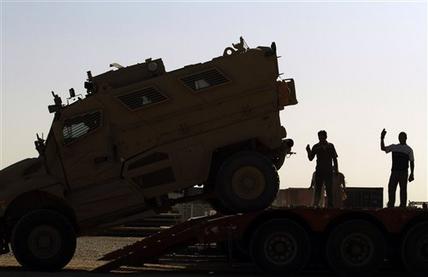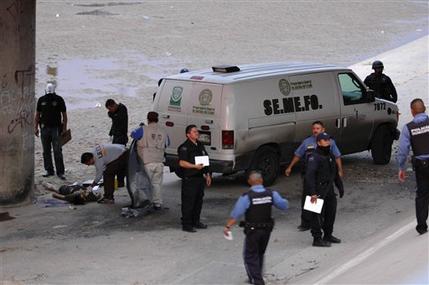JOHANNESBURG Zimbabwe auctioned 900,000 carats of rough gems Wednesday from a diamond field where human rights groups say soldiers killed 200 people, raped women and enslaved children.It was the first public sale of diamonds from the notorious Marange field in eastern Zimbabwe since international regulators imposed a ban in November under rules designed to screen out conflict gems.The sale happened to coincide with the “blood diamonds” phase of the war crimes trial of Charles Taylor, the former Liberian president. Taylor’s case and the Zimbabwe sale are unrelated, but both point to the successes and difficulties facing the campaign to regulate the trade in diamonds that has helped finance wars in Liberia, Sierra Leone, Angola, Congo and now Ivory Coast.
The auction in Harare, the capital of Zimbabwe, went ahead after the gems were certified as conflict-free by Abbey Chikane, a monitor for the Kimberley Process that oversees trade in the diamonds. Chikane had established that soldiers were gone from two fenced-off commercial mines producing the diamonds, and that the mines were operating according to “minimum international standards.”
In the rest of the field, where Zimbabwe’s military still holds sway and abuses reportedly continue, a ban on diamonds remains in place. But there is no guarantee its product won’t infiltrate into the legitimately mined stones.The arrangement so angered American gem trader Martin Rapaport that in February he quit as president of the World Diamond Council. “The tragedy of Zimbabwe is that the Kimberley Process has started legitimizing, legalizing, kosherizing blood diamonds,” he said in a telephone interview from Israel as the auction got under way.
He said it made Kimberley participants “liars who are telling the world that these diamonds are legitimate.”The Kimberley Process was set up in 2002. Its members are 75 diamond-producing and diamond-trading countries, along with industry agencies and civic and human rights bodies such as London-based Global Witness.
Stephane Chardon, chairman of the Kimberley monitoring group, said it deserved credit for the original ban on Marange diamonds and for ensuring that the two fenced-off mines were being properly run.He noted that the Kimberley rules apply only to blood diamonds mined and sold by rebel movements or their allies to finance armed conflicts aimed at toppling legitimate governments. It has no provision for punishing governments.Chardon said the system has helped. “In quite a few countries it has contributed to changing conflict diamonds into development diamonds, in the sense that the revenues are going to the government and are used for development purposes and not for conflict.”
The Marange field was discovered in 2006 and is believed to be the biggest found in the world since the 19th century. It triggered a chaotic diamond rush until police and then the army moved in.Human Rights Watch says the Zimbabwe government still has not kept its word to withdraw soldiers completely from the Marange fields, and that it found conditions there “quite appalling” as recently as May.
“We found that people were still being forced to mine, to dig for diamonds at gunpoint by the army, by soldiers,” said senior researcher Tiseke Kasambala of the area outside the two fenced off mines. “We found children as young as 11 still working in these mines.”Buyers from Belgium, Russia, India, Israel, Lebanon and the United Arab Emirates flew into Harare on private aircraft to inspect the stones and present bids in sealed envelopes. They refused to speak to reporters.
“Buyers were extremely interested and the pricing was satisfactory,” said David Castle, director of Mbada Diamonds and chairman of the South African New Reclamation Group that offered the diamonds for sale.Global Witness campaigner Elly Harrowell said that instead of expelling Zimbabwe from the Kimberley process as recommended last year by Kimberley Process investigators who were sent to Marange, “What we have instead is a weak compromise.”
She said that unless Zimbabwe kept its promise to withdraw all troops and fulfill other promised improvements, the Kimberley Process should “act very, very quickly” to prevent Marange gems from being exported.The compromise was reached after a Zimbabwe court released human rights activist Farai Maguwu, who was jailed for more than a month after publicizing abuses at the diamond fields.
Human rights groups say the deal also helped avert a crisis in the international diamond market, since President Robert Mugabe was threatening to sell stones without certification.Zimbabwe’s mines minister, Obert Mpofu, said Wednesday the country has 4.5 million Marange diamonds in stock, valued at up to $1.9 billion – one third of the national debt of a country whose economy has been ruined by corruption, mismanagement and Mugabe’s campaign against the country’s white-minority farmers.(AP)




